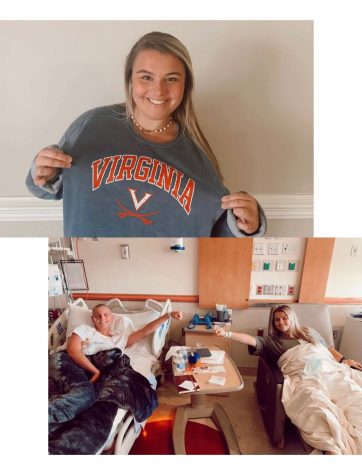Under the Influence
The leading cause of death for teenagers in the United States is motor vehicle crashes. Drivers under the age of 21 represent only about 10 percent of licensed drivers, yet they account for over 17 percent of fatal alcohol-related crashes. According to the Center for Disease Control, 2,163 teenagers, between the ages of 16 and 19, were killed and 243,243 were treated for injuries sustained in car crashes in 2013. In addition, statistics state that when alcohol is involved, a teenage driver is 17 times more likely to die in a crash when their blood alcohol concentration (BAC) is 0.08% or higher than a teenager who has not consumed any alcohol.
Each year approximately 2,000 teenagers will die in an automobile accident. In one third of those accidents, alcohol was a factor. While the percentage of teenagers in high school who drink and drive has decreased by over fifty percent since 1991, it is estimated by the CDC that one in every ten teenagers drink and drive. Overall, the National Highway Traffic Safety Administration states that two out of every three people will be in an alcohol related crash in their lifetime.
According to Geico’s CEO, Tony Nicely, “Approximately 37,000 people will be killed on US highways this year alone. It only takes a split second for a traffic accident to occur.”
When asked about the measures taken to prevent drunk and impaired driving, Mr. Nicely said that “you wanna try to do everything that you can. They are running tv ads right now about the consequences of driving while impaired, mainly by alcohol and drug usage, and distracted driving due to cell phone use. They are also increasing the law enforcement” in order to prevent further accidents.
While many students continue to drink and drive, it appears that the students at Cape Henry understand the consequences of driving while under the influence. Junior Jacob Blakley recites the Virginia DMV manual that “in the state of Virginia punishment for being a first time offender is usually just a fine and a revoked driver’s license” in addition, Blakley adds that “offenders are required to put this on their criminal record leading to an increase of car insurance by a significant quantity. This could bring financial issues.”
Senior Iziah James simply states that “the consequences [of drunk driving] include jail time, fines, and death.” Senior Kelly Schmudde concurs with Iziah, concluding that the consequences of drunk driving “include, in severe cases, death and injury, but also it has the power to cost you your lifestyle.”
When asked if people who get behind the wheel while intoxicated think of the consequences of their actions, almost all agreed that the alcohol impaired their ability to properly assess the consequences of drunk driving. Schmudde puts it beautifully when she says “I don’t think they do [think about the consequences], and that’s what’s so upsetting. They might know it’s wrong when they’re sober but when they are intoxicated I think common sense leaves.”
There are many dangers to students in this day and age. While drunk driving is still a problem today, the Head of Upper School, Mr. Paul Horgan, when asked if drunk driving is a problem at Cape Henry said that “I do not. From what I heard, and I hear a lot, that is not an issue with our students.” In addition, there are many ways that people can avoid putting themselves and others in danger. With the invention of apps such as Uber and Lyft, people can call for someone to drive them in order to avoid getting behind the wheel while intoxicated. As the years progress, we hope to promote the dangers of drunk driving and provide different options in order for people to drive with a little more peace of mind.
For more information, check out the following websites:
http://www.cdc.gov
https://www.dmv.virginia.gov/safety/crash_data/crash_facts/crash_facts_15.pdf
http://www.cdc.gov/motorvehiclesafety/teen_drivers/teendrivers_factsheet.html
http://www.cdc.gov/vitalsigns/teendrinkinganddriving/index.html

Julie J. Reid was born in Xiangtan, China. She was adopted at eight months and then was brought to Virginia Beach where she has remained ever since. Julie...
